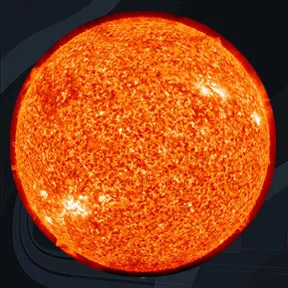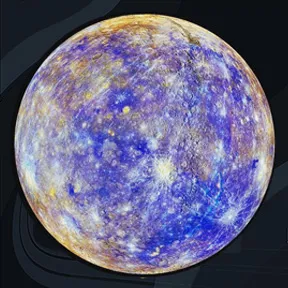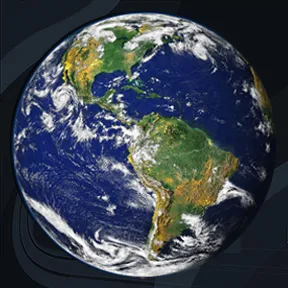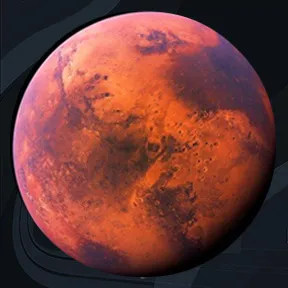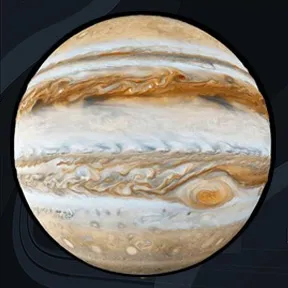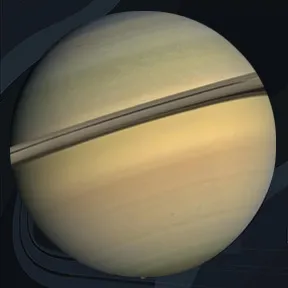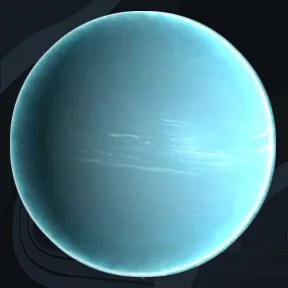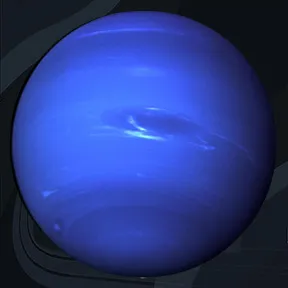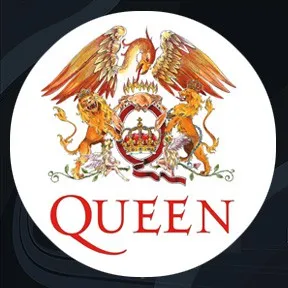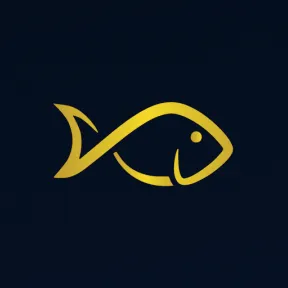Uranus | The Strangest Planet in the Solar System
Greenish Uranus is considered to be the dullest planet of the solar system. And yet we do have something interesting to tell about it.Uranus was named after the ancestor of gods and titans.
Uranus was named after the Greek god of the sky, the son of Chaos. This is the only planet named not after the Roman god, but his Greek counterpart. According to myths, all the other great celestial bodies, including Pluto and Ceres, are his children, grandchildren or great-grandchildren. And only Gaia-Earth is his sister.
In addition to the inhabitants of Olympus, the mythological Uranus gave birth to nymphs, titans (who later waged war with gods), single-eyed giants Cyclops and hundred-handed giants Hecatoncheires.
The planet could have been named not after the Greek god, but after the king of England. At least Herschel himself, when asked to name the discovered object, suggested Georgium Sidus (George’s Star). That is, it was proposed to name the seventh planet of the solar system in honor of George III, who was on the English throne then.
The name of the planet had remained disputable for decades. Some wanted to name it after the astronomer himself. The name George’s Star lasted the longest in Britain, only in 1850 did the British conceded to call it Uranus.
Uranus is going to have next summer solstice In 2028
The average distance from Uranus to the Sun is 2.8 billion km. Because of this, one rotation around the luminary takes 84 terrestrial years. There is a change of seasons on the planet, and in 2007 it had the vernal equinox (for the northern hemisphere).
And next summer solstice on Uranus will come only in 2028. Before that it took place in 1944. So a human who is one local year old has all grounds to be proud of his or her longevity.Despite the fact that Uranus is located far from the Sun and had eluded astronomers for many centuries, it is still possible to see it with the naked eye. The apparent magnitude of the planet ranges from 5.7 to 6.0.
This means that in order to see Uranus without binoculars, you need to have ideal viewing conditions and perfect eyesight. But even providing all that, it is seen only as a barely visible star. To discern more you have to use some astronomical instruments.The inclination of the equator of Uranus to the plane of its orbit is 97 °. This means that the planet is moving, as if lying on its side being turned slightly “upside down”. It could be said that it “rolls” along its orbit, but the direction of rotation is the opposite of what an imaginable wheel would have in this case.
As on Earth, the magnetic poles of Uranus are offset from the true ones. The south magnetic pole is located in the northern hemisphere, and the north, in the southern one. Meanwhile the magnetic axis does not pass through the planet’s center.
When the Voyager 2 spacecraft first approached it, scientists saw only a few small clouds. But some atmospheric inhomogeneities still exist there.

